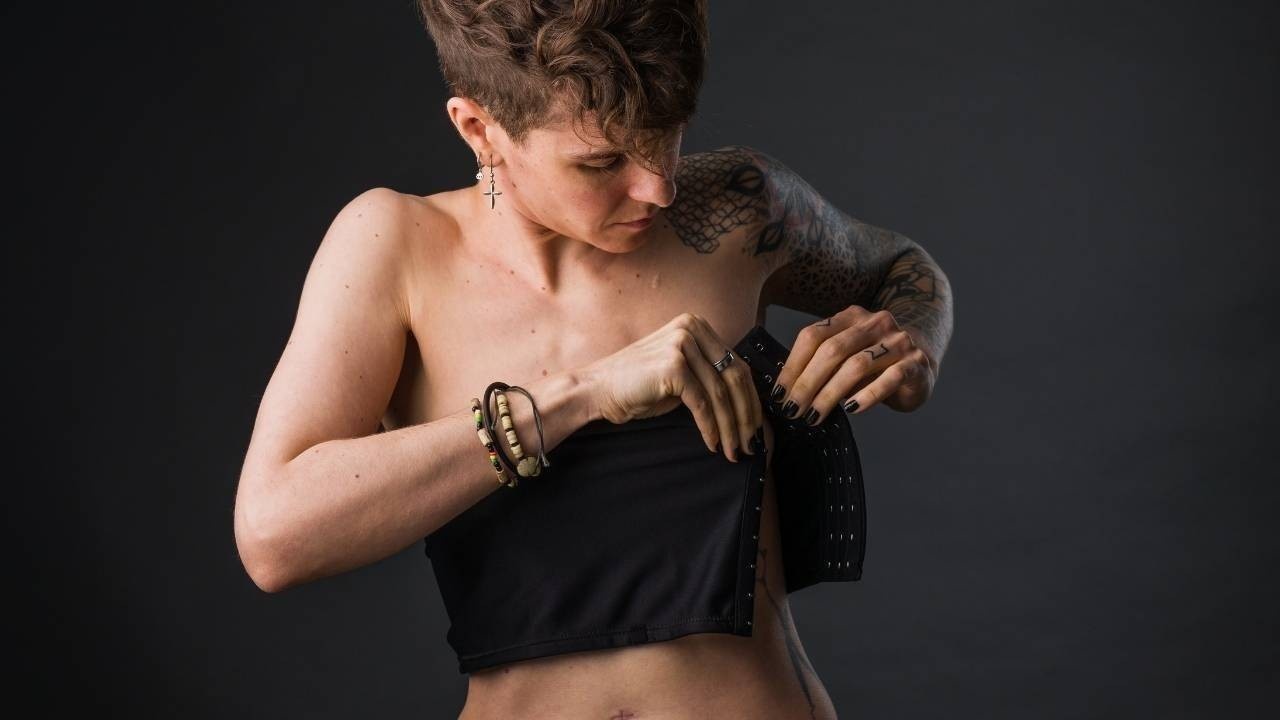Top Tips on Binding Health for Youth
Sep 25, 2022
Binding can be really important for young patients with dysphoria around mammary tissue.
When working with youth it is important to ask about binding:
- Do you bind?
- What do you bind with?
- If using a binder:
- How did you pick the size?
- Do you wear more than one at a time?
- Do you have more than one?
- If using tape:
- What kind of tape?
- Does the tape go all away around your body?
- How often do you bind?
- Do you sleep bound?
- Are you having any side effects from binding: heartburn, SOB, neck/back/chest/rib pain, etc
Some youth really want to wake up with a flatter chest. While we have very limited research and EBM on binding best recommendations, general advice now is to avoid sleeping in a binder to help minimize side effects. Also, non-evidence based recommendations, are to bind no more than 8 hours a day and to try and take breaks if having discomfort. Only the youth can weigh the physical symptoms against any possible mental anguish of being unbound. Explore this with them. Focus on harm-reduction strategies like non-circumferential taping as a preferred binding method that is accessible while sleeping.
At QueerDoc, we keep an active list of quality binding options available on our Gender Expression Resource page. This includes binders and trans tape. Taping can be accomplished with KT tape as well- generally tapes with some stretch are safer than non-stretch tapes. Duct tape can cause significant skin damage. TransTape has a great guide on how to tape. GenderGear has some great educational content on several gender expression tools including binding. Several clinics have made fabulous patient handouts on safer binding practices:
These are all resources I share regularly with patients and patient families. The QueerDoc page linked also has some resources for free or low cost binders. For a list of known side effects from binding, I reference the Binding Health Project and this article. I do document any side effects the patient experiences as those can be used in the future to support surgery if the patient desires it. Additionally, I provide letters of medical necessity for binders and tape as they qualify as medical treatments for the patients gender dysphoria (F64.2/F64.9).
SUBSCRIBE FOR MONTHLY UPDATES
QueerCME distriputes a monthly newsletter which details our content updates. We also offer free live stream didactic sessions on topics in gender affirming healthcare, so we send out reminders around those as well.
We hate SPAM. We will never sell your information, for any reason.

